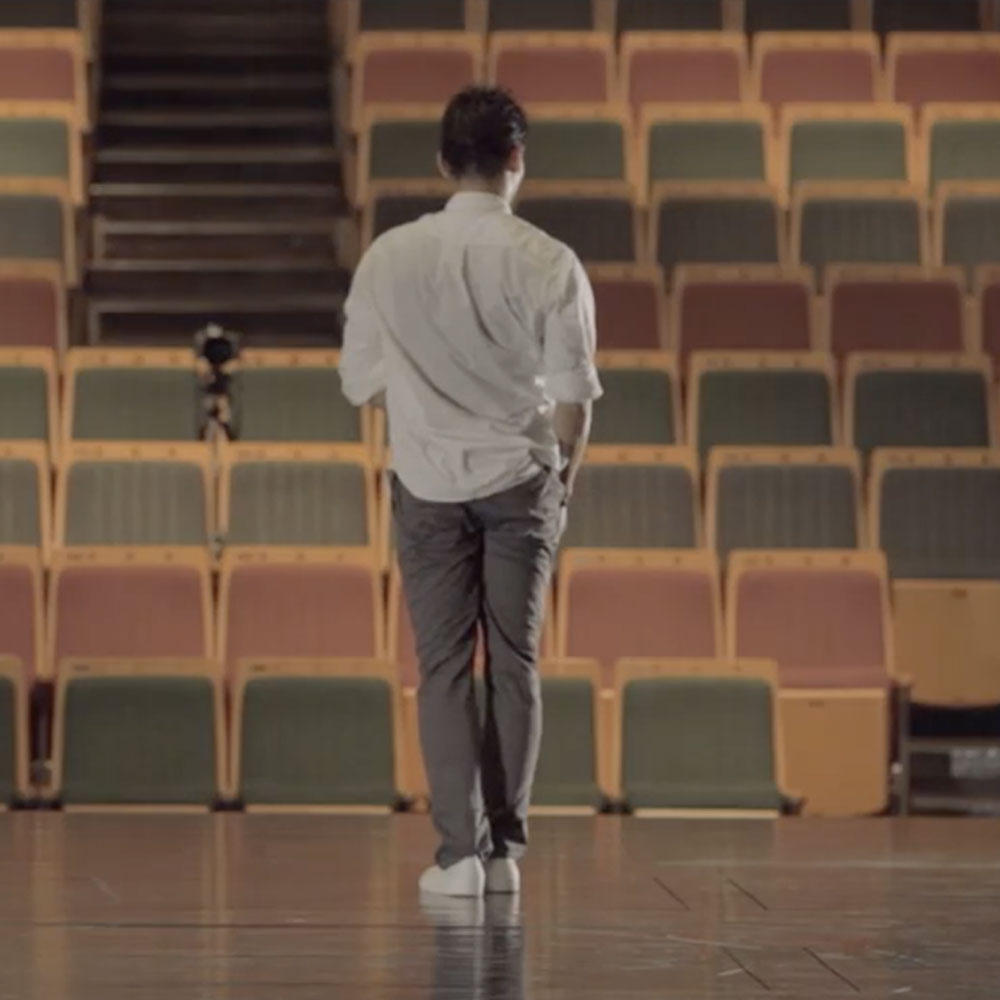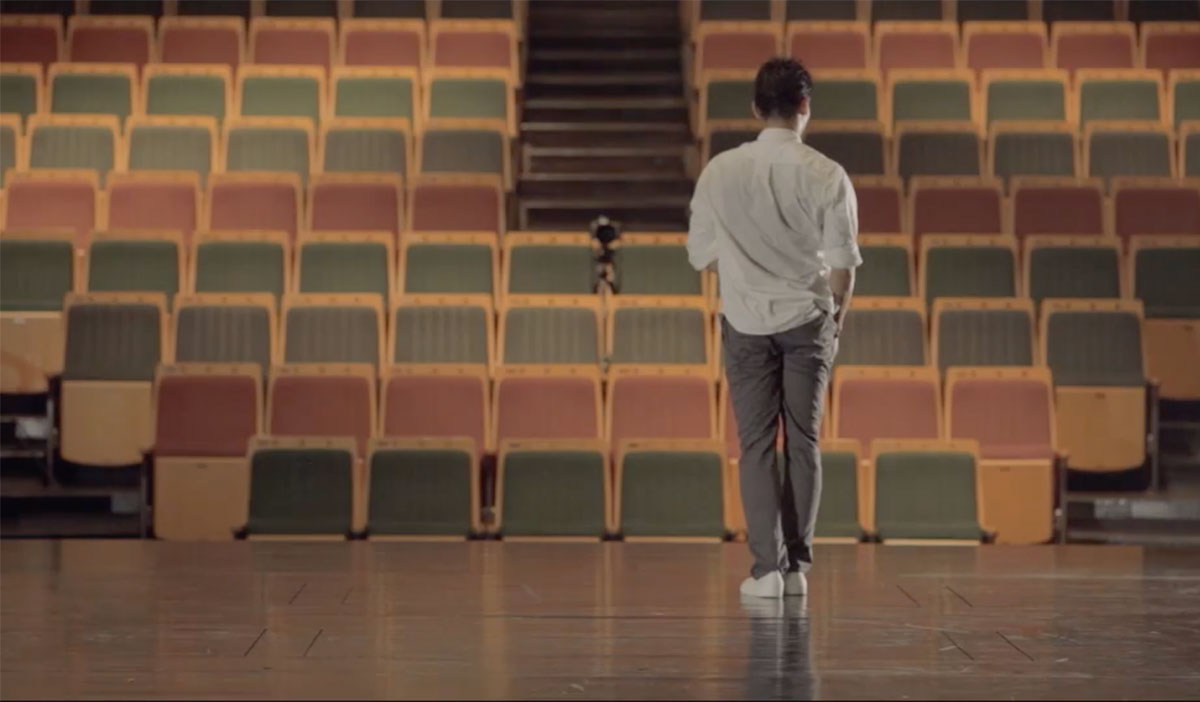SUN Ruey-Horng + CHEN Wu-Kang

Forced Discussion
- 2016/ 2022, two-channel video, 21 min 6 sec.
- Courtesy of the artist.
Curatorial Perspective
In this era of high-speed communication and distortion, it is difficult to differentiate between that which is real and images that are produced by electronic devices. An event, once witnessed, is stored in the memory of the viewer. Images in the brain are organically processed and re-interpreted to form viewpoints and viewing experiences. The relationship between carrier and subject is substituted into the relationship between video media and the body. Chen Wu-Kang and Sun Ruey-Horng use dance and film as a starting point to explore subtly and delicately the connection among the body, evolving techniques, film, and performance. Adopting a viewing perspective utterly different from that of watching stage performances, they transform the improvisation taking place between the body and the camera. The organic connection between dancing and cameras in this work does not stem from a directorial viewpoint found in traditional “dance films.” Instead, it is one that emphasizes on the flow and breath characterizing the state of dancing movement, which is captured by close-up shots. What is shown by the dancers is more than large bodily movement and momentum, but instantaneous changes and an atmosphere revealed by bodily details. When theorizing “affect,” Gilles Louis René Deleuze mentions that close-up shot frees images from a specific spatial-temporal context, and produces a new comparison between the inside and outside of the camera frame. Thus, it functions like a connecting point that enables flows between this body and object and other bodies and objects (in fact, this can be said to be conceptually animist). This work conveys a private sense of intimacy. Two art professionals, who usually play different roles, embark on a quest of the aura in the live performance through their respective profession, and perform their improvised encounter. Reminiscent of subjective interaction in a duet, the work seems to enable us to glimpse into a subtle dialogue between techniques and the body, and once again, perceive the tenderness of sentient techniques.
Creation Description
The temporality of discussion mechanisms,
the validity of time,
the traces following the disappearance of that validity,
overlaid with editing and reproduction,
overlaid with action,
the nature of production,
as always, repeatedly becoming the lost space within that which is ideal.
In this era of high-speed communication and distortion, it is difficult to differentiate between that which is real and images that are produced by electronic devices. An event, once witnessed, is stored in the memory of the viewer. Images in the brain are organically processed and reinterpreted to form viewpoints and viewing experiences. The relationship between carrier and subject is substituted into the relationship between video media and the body. With the body as medium and images as carriers, image details become separated and decompose, as they are independently enlarged and viewed, and the logic of the body is reconstructed frame by frame. At that moment, body is the body of action, space is the space of action, and time is the time of action. Through editing, organic entity and convective venue are formed. This installation is based on the lost spaces, which like distorted lands, exist everywhere within the National Taiwan Museum of Fine Arts, carrying traces of its expansion/reconstruction history. We revisit, reconstruct, edit, and reuse subjects based on these lost spaces, which are disharmonious, impermanent, and incomplete, sorting through images during the creative process and records that the body cannot make good use of but cannot give up. Only if creation starts from intention, imperfect fragments within the process form real discussions.

